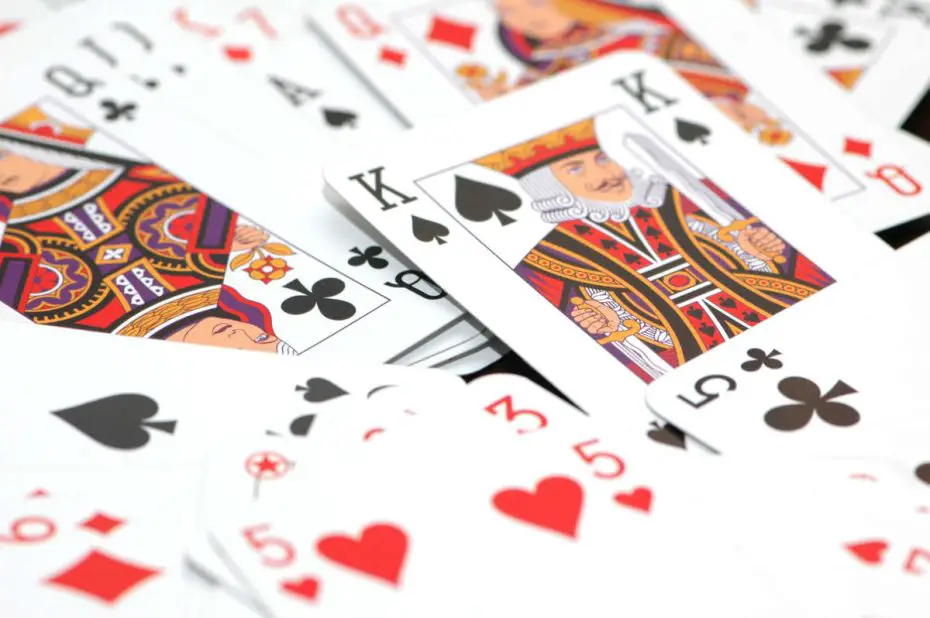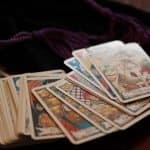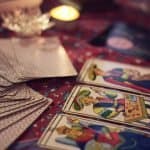It is estimated that more than 100 million decks of playing cards are sold in the United States alone each year, yet little thought has been paid to the symbolism and psychology of the artwork seen on these cards.
There have been several decks published in various nations at various times that strayed from the conventional shape, but the core symbolism has not altered since the 15th century.
The first decks of playing cards appeared around this period, and they had many different kinds of decorations. Due to the nature of the cards and how they were used, very few decks, or full collections, have come down to us. Full collections are therefore extremely uncommon.
The majority of early printings in good shape have been discovered in the bindings of old books. Large sheets of paper were utilized to print the cards; those that were faulty were discarded.
By taking a symbolic approach to the subject, the cards instantly spark the mind. There are four suits, each with thirteen cards, three of which are court cards, now known as the King, Queen, and Jack. There was formerly a fourth court card known as a Page. The Kings and Queens in early decks were usually pseudo-portraits of great kings, but this practice soon fell out of favor.
The four suits were made up of two sets of red and two sets of black. The clubs and spades are in the black sets, while the hearts and diamonds are in the red sets. Other symbols were employed to distinguish the suits in earlier times. Coins were used in place of diamonds, cups in place of hearts, acorns in place of clubs, and swords in place of spades.
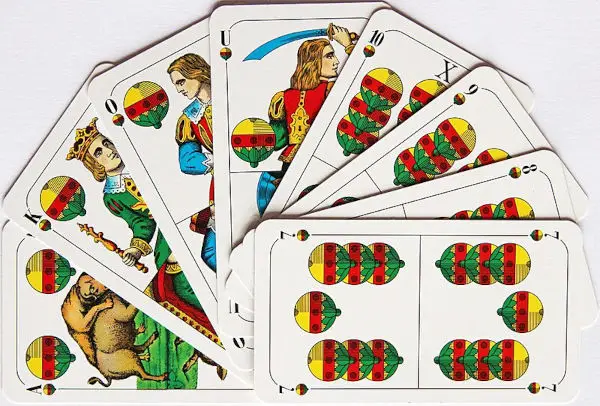
Many European card decks still use the more traditional symbols. Tarot decks contain four court cards in each suit, as well as twenty-two symbol cards known as the major arcana. In southern Europe, these decks are still popular.
In his book on symbols, Milton Pottenger shared the results of his years of research on the deck of cards, which is often called the devil’s prayer book. He made a connection between the four suits and the four elements. He connected the spade, or acorn, with water, the club with air, the diamond with earth, and the heart with fire.
Red and black, in his opinion, stand for spirit and matter, masculine and feminine, power and beauty. In essence, the colors suggested the polarities present in everything in nature. In their current configuration, the three court cards—the King, Queen, and Jack, or Knave—were closely linked to the Chinese concepts of heaven (the King), earth (the Queen), and man (the Knave).
In alchemy, the King was Sulphur, the Queen was salt, and the Knave was mercury, or the universal solvent. The term Jack, or Knave, has come to be connected with roguery or dishonesty, and it is worth noting that the Latin god Mercury was the patron deity of thieves. Each set of court cards ruled over the other cards in the suit, which were number symbols ranging from one to ten.
The depiction of the four Kings features bearded, armed, and crowned males. The King of Diamonds is frequently represented in profile, or one-eyed, as opposed to the others. In addition, instead of a sword, he wields a battle axe. In contrast to the other cards, his hands are reaching for the suit’s pip, or symbol.
The King of Clubs stands out because it has an orb, a globe with a symbol for temporal authority on top, while the King of Hearts is the only one with both hands visible. The designs draw inspiration from not just the ancient idea of sovereignty but also the ancient explanation of divine essence and character.
It is also likely that there is a symbolic link with the four martyrs known as “the Four Holy Crowned Ones,” who died for their Christian beliefs during the Caesars’ (Diocletian) tyranny. The King of Clubs is known as the Grand Master of the deck of cards because he bears the orb, which represents temporal authority.
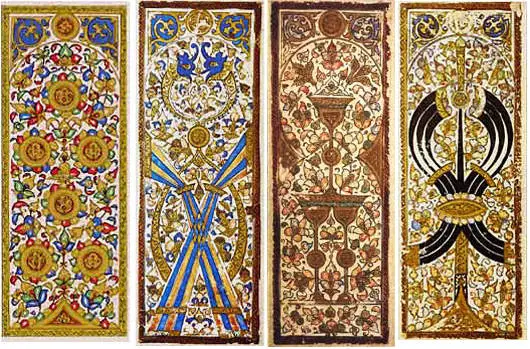
The four Queens are crowned and shown virtually full-faced, each carrying a symbolic flower symbolizing generation and renewal. The flowers, which combine the Rose of Sharon and the Lily of the Fields, are said to be related to the Christian mystery.
Pottenger observes that the Queen cards bear no symbols of death or destruction, but the Queen of spades, like the other court cards in this suit, faces away from the pip, or suit symbol, since it has long been connected with death.
In card symbology, the Kings represent governments, the Queens religions, and the Knaves arts and sciences. The Kings, Queens, and Jacks in the astrological arrangement stand in for the cardinal, fixed, and mutable signs of the zodiac, respectively.
The four Jacks look young, are dressed in courtly clothes, and wear caps or hats like princes. The Jack of Hearts wears a green leaf that Pottenger believes is a sprig of acacia, a symbol of immortality, and the Jack of Clubs wears a similar wreath on his hat.
The Jack of Diamonds is holding a cant hook, which is used to move logs. The Jack of Clubs bears a standardized item, which might be a gauge or ruler split into segments. The Jack of Spades is holding a strange tool that resembles the number eight, an ancient sign of universal motion. Two of the Jacks are in profile, while the Jack of Hearts is looking at the pip in the card’s corner. These cards’ overall tone suggests images of artists, craftspeople, and tradespeople.
Additionally, Pottenger notices a lot of Masonic symbolism. Nine of the twelve court cards are full-face, while three are in profile, forming a significant division of symbolic numbers. The Eleusinian Mysteries had nine degrees in the Lesser Rites and three degrees in the Greater Mysteries.
Three months after birth, according to the Chinese, a kid is considered to be one year old. In order to complete the symbolism of the twelve spokes of the wheel of the law, the ideal man was portrayed as going through nine months of generation and three degrees of initiation.
The four suits are said to reflect not just the seasons of the year but also the four Yugas, or major chronological divisions, acknowledged by Hindus and the four Ages of Greek mythology—the Ages of Gold, Silver, Bronze, and Iron. These may be seen in the Apocalypse’s symbolic four horsemen.
The ten number cards in each suit relate to the four Sephirothic trees in the Hebrew Cabala and the four systems of tetractes in the Pythagorean system. The strength of the court cards is shown through the numbers from one to ten, starting with the ace, or crown, and concluding with the decad, or kingdom, which is the culmination of all the universal energy.
The thirteen cards of each suit correspond to the thirteen lunar months of each year, and the fifty-two cards represent the 52 weeks of the year. When the numbers on the pip cards are counted from one to 10, and the Jacks, Queens, and Kings are numbered eleven, twelve, and thirteen, the total of the cards is 364. When the Joker is included, the total equals the number of days in the year (given that jokes are a relatively new concept and have no established appearance, they do not fit into any pattern).
Pottenger even said that the starting point for the establishment of the United States of America was astonishingly similar to the layout of a standard deck of playing cards. According to his logic, the country should eventually be made up of fifty-two states, controlled by a fifty-third, undenominated division—the District of Columbia.
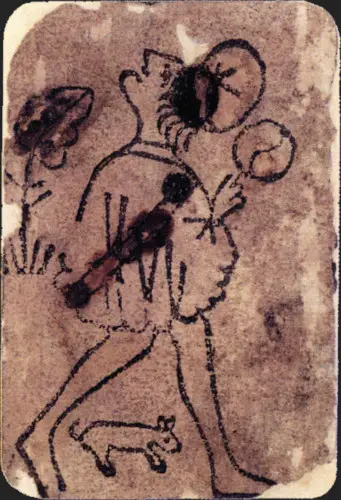
This merely scratches the surface of the symbolism, but it is easy to see why, from the earliest times, cards have been used not only for gambling but also for divination. Today’s decks are double-headed, but in ancient times, the cards were single-headed, so the court cards may fall either upright or inverted.
Although it is unknown when or where the patterns first appeared, renowned French antiquarian Court de Gebelin hypothesized that hieroglyphic images from an ancient Egyptian temple served as inspiration. When the Egyptian priests departed their homeland, they brought with them the deck of cards known as the Book of Thoth, the god of knowledge, since the deck of cards contains all the mysteries of the cosmos.
For generations, the remains of the scattered clergy were known as gypsies and traveled throughout Europe. They utilized the cards to tap into their psychic abilities for fortune-telling. It has been remarked that the entire topic is quite puzzling in light of the possibility that widespread gambling and frequently tragic instruments originated as religious objects.
Check out our recommendations at “Occult Bookshelf” and many free resources at our “Free Library“
This article is based on 1955 Horizon magazine.
♦ If this article resonates with you, please join our newsletter by using the forms on this website so we can stay in touch.
Stay in Touch
 Join our newsletter by using the forms on this website or click here!
Join our newsletter by using the forms on this website or click here! Follow us on Google News
Follow us on Google News Follow us on Facebook
Follow us on Facebook
Featured image from Depositphotos

